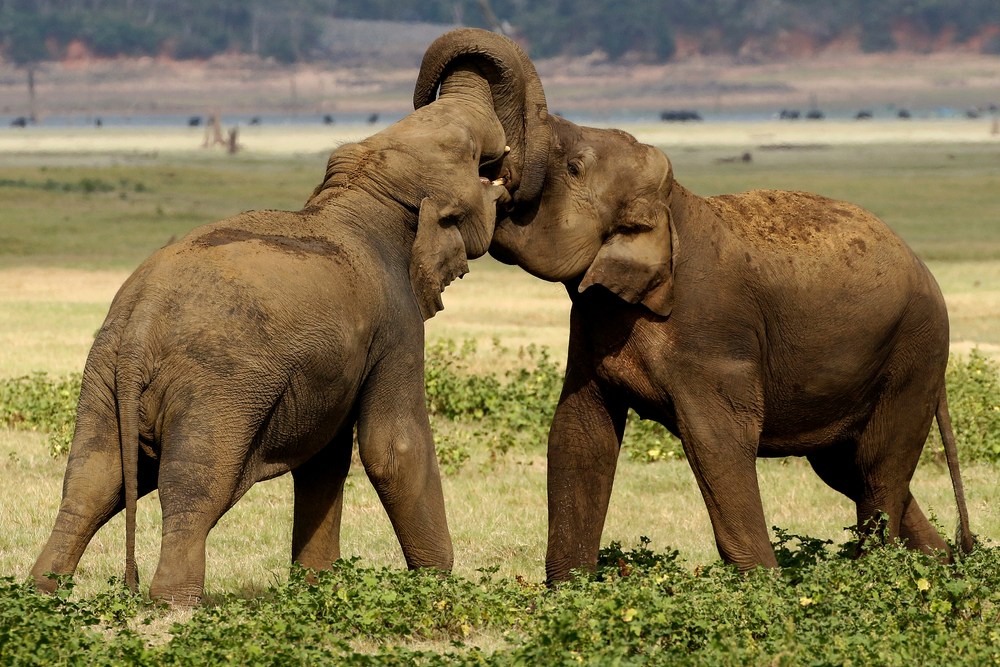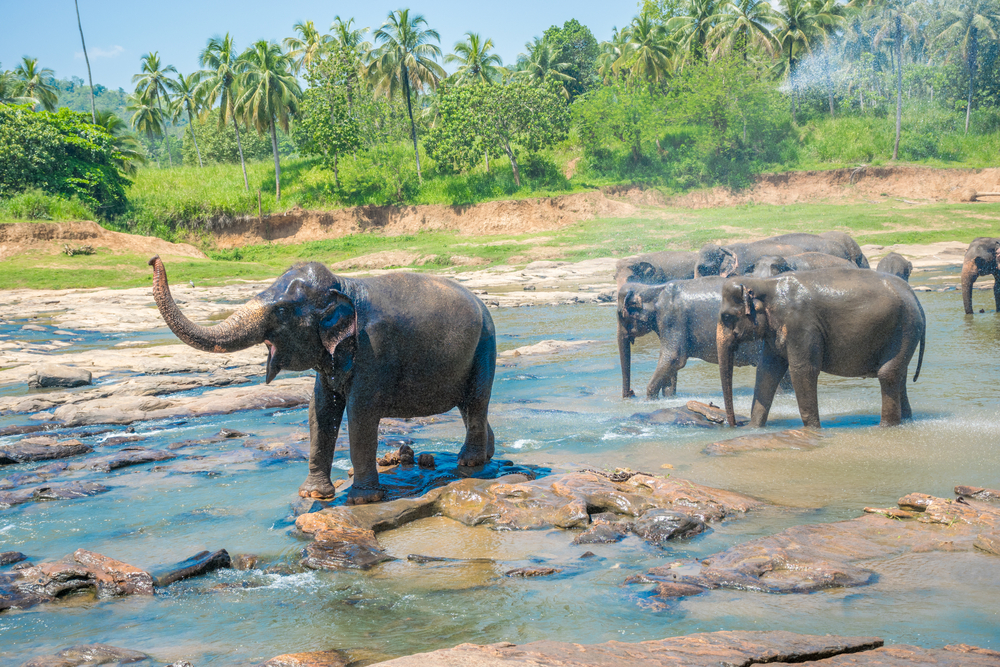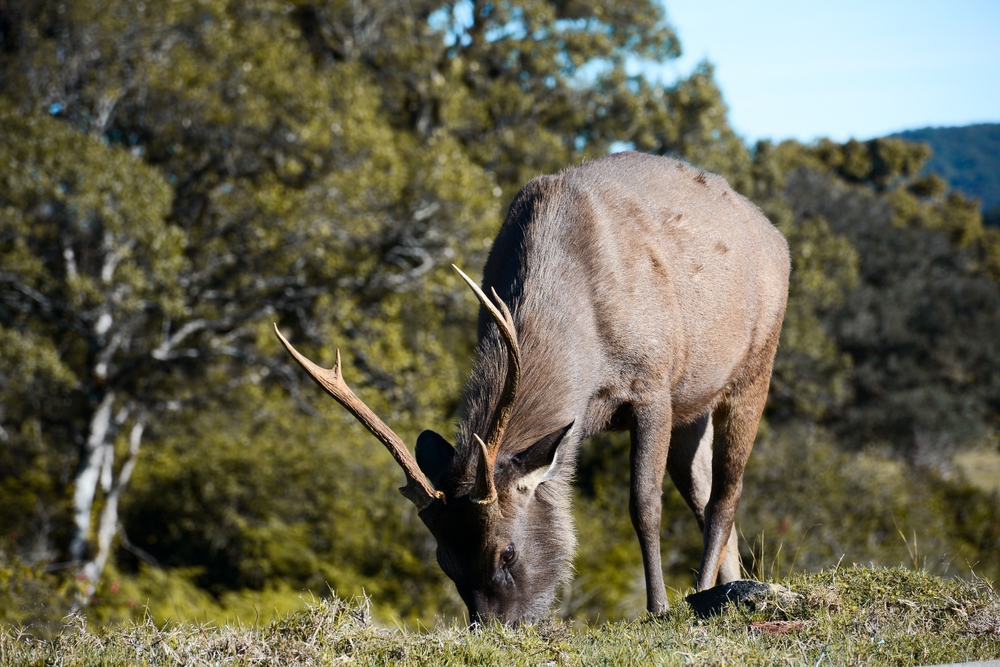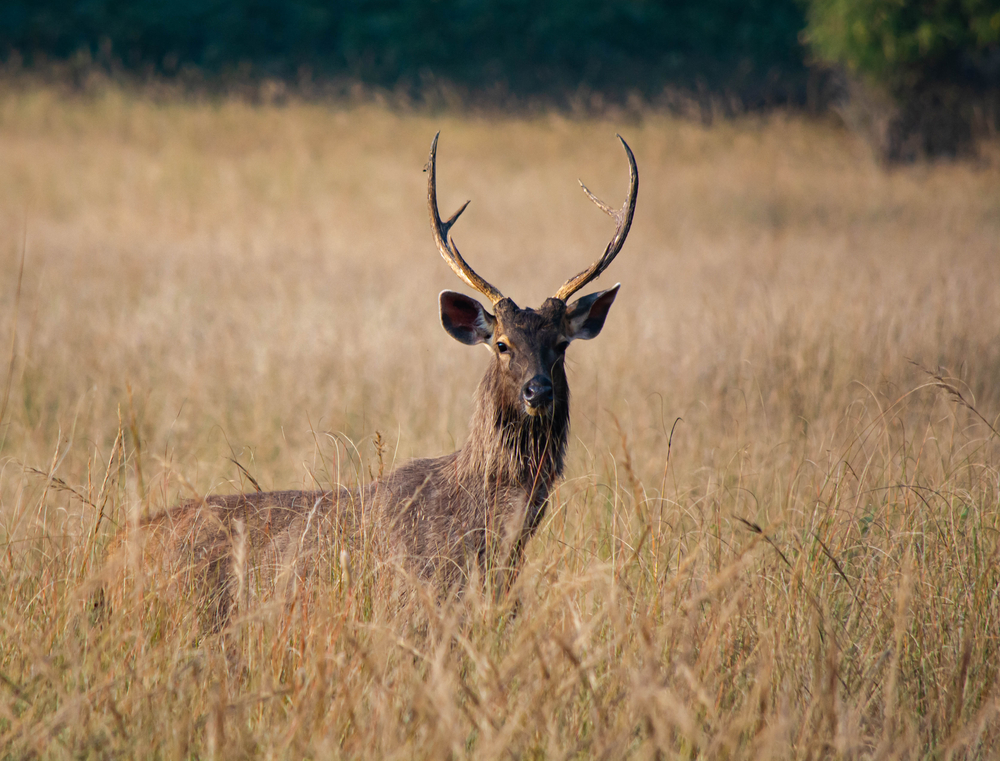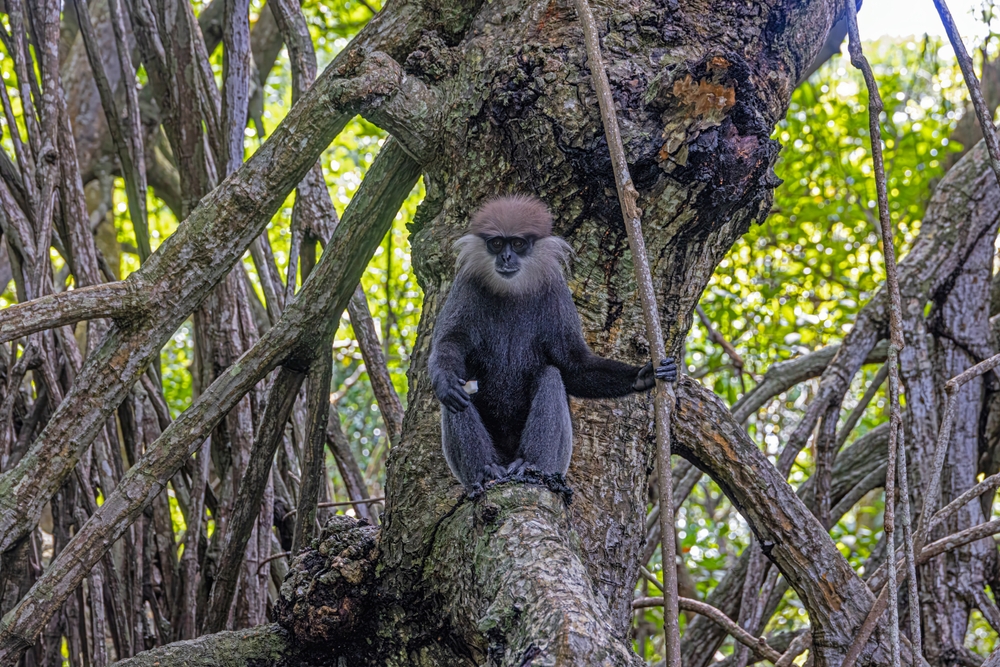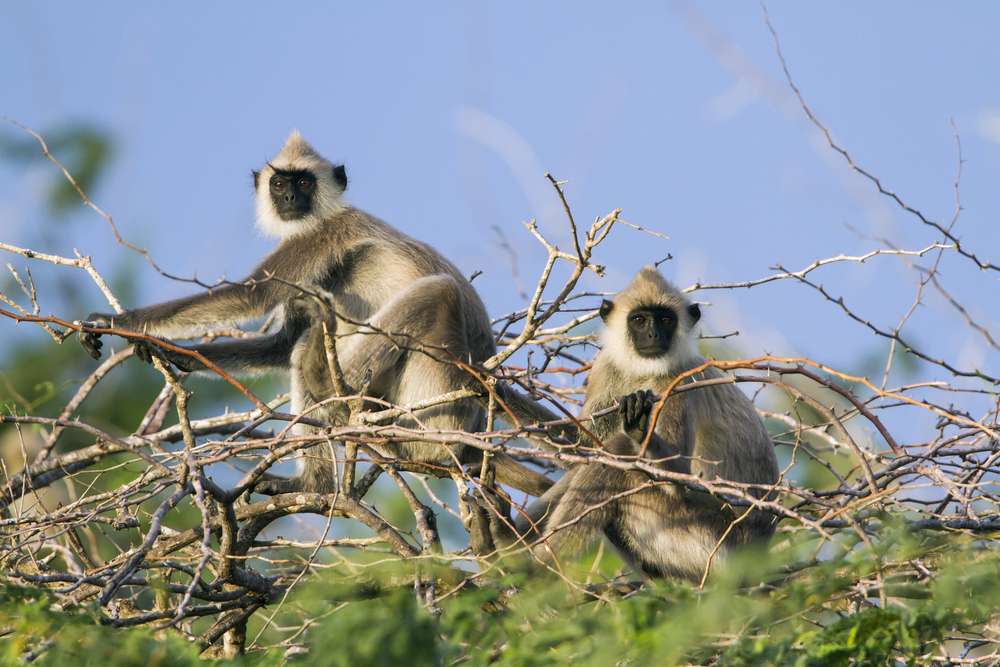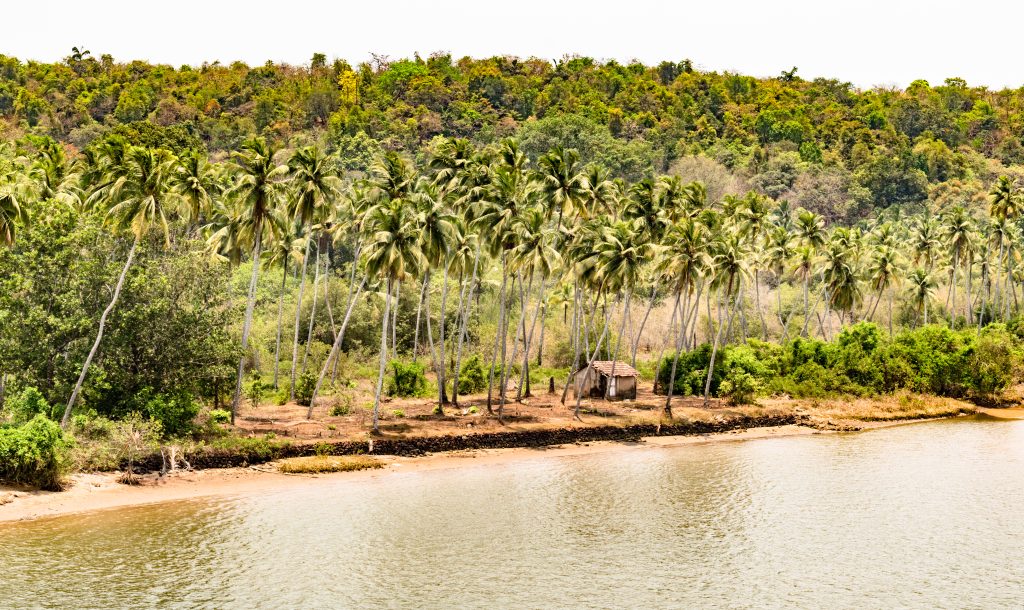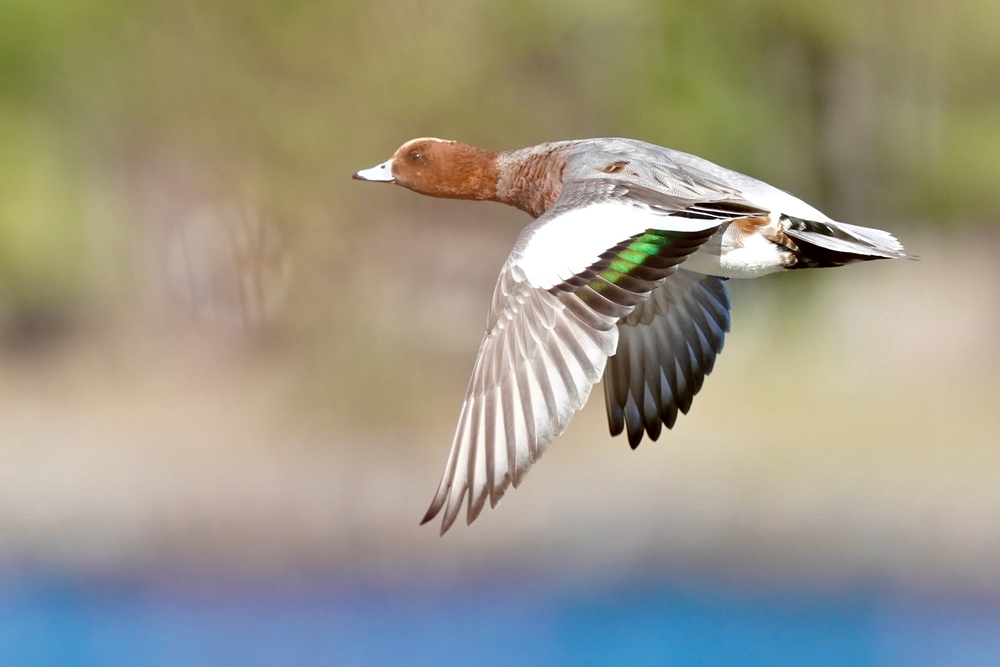Kaudulla Overview
Kaudulla National Park, locally known as කවුඩුල්ල ජාතික වනෝද්යානය (Kaudulla Jathika Vanodayanaya), is a treasured ecological reserve in Sri Lanka. Situated in the North Central Province, this park spans approximately 26.5 square miles (68.4 square kilometers) and is nestled near the ancient city of Polonnaruwa. Kaudulla’s location in Sri Lanka’s cultural triangle enhances its appeal, offering visitors a blend of natural beauty and historical significance. Established in 2002, it is one of the country’s newest national parks, forming part of an essential corridor for wildlife in the region.
Kaudulla’s terrain is a captivating mix of dry evergreen forests, grasslands, and wetlands, centered around the Kaudulla Reservoir, which dates back to the 3rd century during King Mahasen’s reign. The reservoir, restored to its former glory, serves as the park’s lifeblood, attracting a variety of wildlife and making it a prime spot for observing animals in their natural habitat. The park is surrounded by rolling plains, scattered with majestic trees, including Palu (Manilkara hexandra) and Weera (Drypetes sepiaria). Its lush vegetation provides both a refuge for wildlife and a stunning backdrop for exploration.
Kaudulla is renowned for its diverse wildlife, with the Asian elephant being the most iconic species. Every year, the park plays host to the spectacular “Elephant Gathering,” where hundreds of elephants congregate around the reservoir during the dry season, creating an awe-inspiring spectacle. Other notable mammals include the sambar deer, axis deer, wild boar, and sloth bear, while the elusive Sri Lankan leopard occasionally graces lucky visitors with its presence. The park is also a birdwatcher’s paradise, with over 160 bird species recorded, including the painted stork, spot-billed pelican, and grey-headed fish eagle. Migratory birds add to the park’s avian diversity during the winter months.
Kaudulla’s popularity stems from its tranquil environment and unique experiences. The park is especially famous for its jeep safaris, which offer visitors an up-close and personal view of the wildlife. Safaris typically occur in the morning or late afternoon, allowing for optimal sightings of animals as they emerge to feed or drink. Bird enthusiasts can also embark on specialized birdwatching tours, while photography enthusiasts revel in the park’s abundant natural beauty and wildlife.
Conservation efforts in Kaudulla have seen significant success, particularly in preserving its elephant population and mitigating human-wildlife conflict. However, challenges remain, such as habitat degradation and the encroachment of agricultural practices. Park management, alongside local and international conservation groups, has worked tirelessly to address these issues through community engagement and habitat restoration projects, ensuring the park remains a haven for its diverse inhabitants.








































































